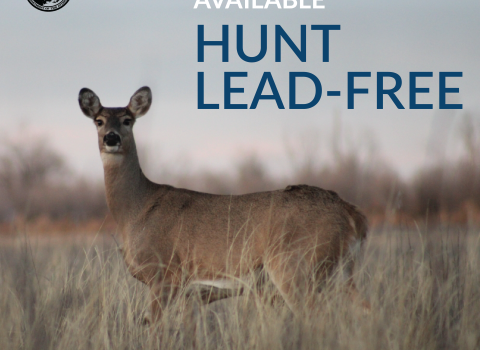Visit Us
Cape May NWR is located in South New Jersey throughout Cape May County. The site houses three separate divisions each with various trails and sights for the public to enjoy. For over 30 years, Cape May NWR's staff works tirelessly to maintain the vital habitat that houses hundreds of different species of plant and animal as well as keep our buildings and trails accessible to the public. Cape May provides opportunities to hikers, hunters, fishermen, photographers, and more. The site is open 7-days a week and is always FEE-FREE.
Location and Contact Information
About Us
Cape May NWR is located throughout the tip of South New Jersey and along the Atlantic Flyway. Encompassing pristine beach, bayshore, saltmarsh, and upland forest habitats it is world famous for its spectacular migratory bird populations as well as become a crucial area for the rehabilitation of multiple threatened and endangered species.
What We Do
The refuge's five-mile stretch along the Delaware Bay is a major resting and feeding area for migrating shorebirds and wading birds each spring. The Delaware Bay shoreline is a major shorebird staging area in North America second only to the Copper River Delta in Alaska! Each year hundreds of thousands of shorebirds stop to rest and feed here during their spring migration from Central and South America to their Arctic breeding grounds. At the refuge we manage this land for the birds and animals that survive off of this vital habitat by conducting various research programs and making active efforts to keep the area sustainable not only for the animals; but also for any and all who would like to visit their public lands.
Our Species
There are wildlife viewing opportunities year-round on the refuge. Species located at the refuge vary by season; but we are proud to host visiting Kestrels, Woodcocks, Thrushes, Warblers, and even the endangered Piping Plover throughout the year as they take advantage of this stop along their migration routes. For more information on species check out our "Species List", and to see what visitors have been viewing check out the EBird app.
Get Involved
Whether you want to further conservation, learn more about nature or share your love of the outdoors, you’ve come to the right place. National wildlife refuges provide many opportunities for you to help your community and fish and wildlife by doing what you love.
National wildlife refuges partner with volunteers, youth groups, landowners, neighbors and residents of urban and coastal communities to make a lasting difference.
Find out how you can help make American lands healthier and communities stronger while doing something personally satisfying.
Volunteers: Gain new experiences and meet new people while helping to advance wildlife conservation.
Friends: Join neighbors in helping refuges restore habitat and expand access to green space.
Landowners: Learn how you can partner with the Fish and Wildlife Service to voluntarily restore land.
Local Groups:
Find out how communities can work with refuges better for wildlife and people.
Youth: Explore paid and unpaid opportunities to learn and develop leadership skills.
Projects and Research
To help plants and wildlife, refuge staff uses a variety of habitat management techniques to maintain, recover or enhance plant and wildlife values. Refuge staff carefully considers any management techniques and employ them in varying degrees according to the situation.
Water levels are carefully monitored and controlled to foster desired plant growth. Sometimes, sensitive areas are closed to the public so that the land can recover more quickly. Prescribed burning, mowing, experimental bio-control insect releases, and seeding are also some of the techniques used to help native plants recover on national wildlife refuges.
Standardized ground and aerial wildlife surveys and vegetation surveys are conducted on some refuges throughout the year to inventory populations and document habitat use. Units are evaluated by how well they met habitat and wildlife use objectives.



